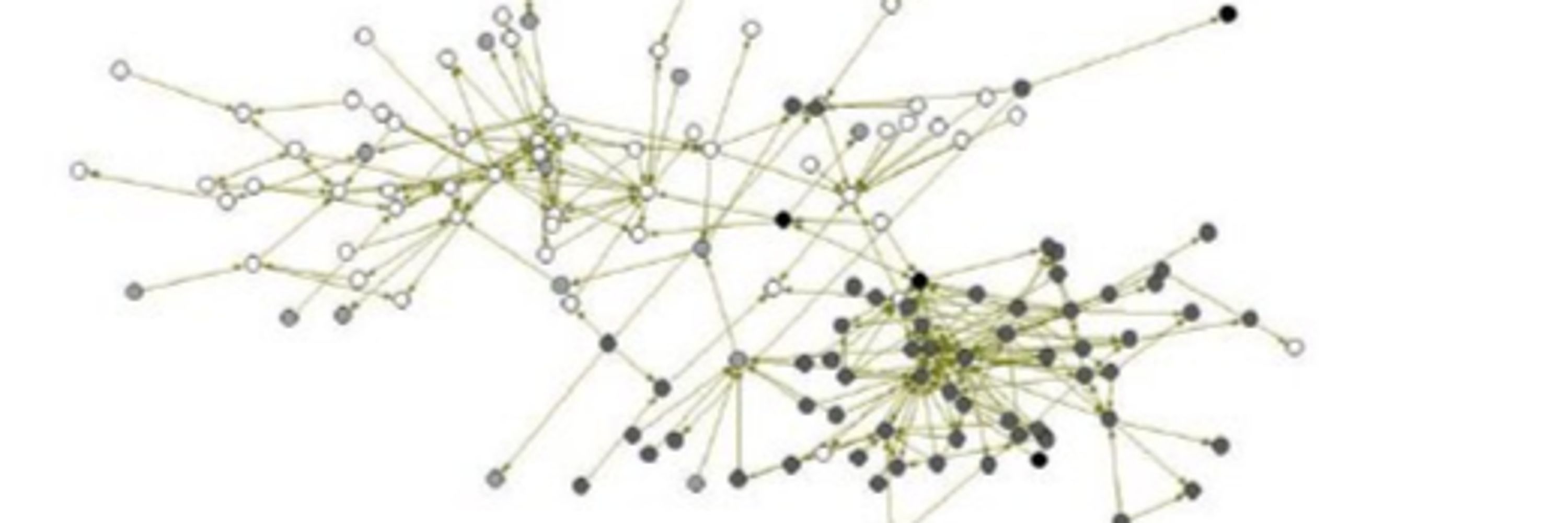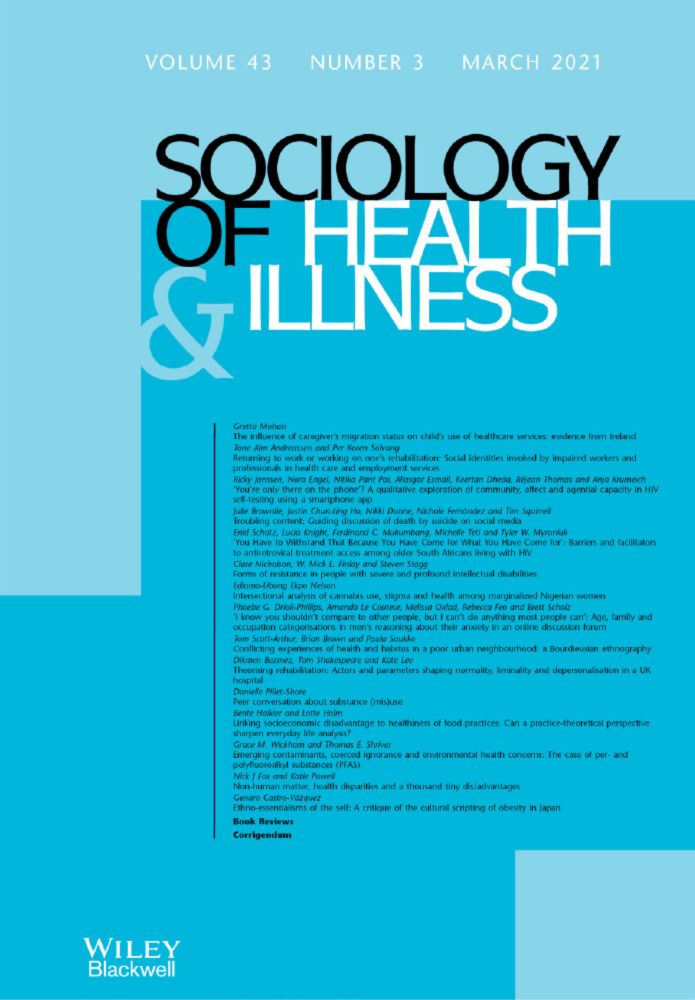Dave Griffiths
@drdavegriffiths.bsky.social
82 followers
130 following
29 posts
Sociologist at Stirling Uni. Interests in social network analysis, social stratification, disadvantage, health egonets, quantitative methods and some other stuff.
Posts
Media
Videos
Starter Packs
Reposted by Dave Griffiths
Dr C Connell
@drcconnell.bsky.social
· Jun 5
Reposted by Dave Griffiths
Reposted by Dave Griffiths
Reposted by Dave Griffiths













